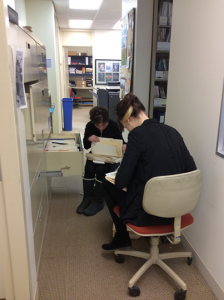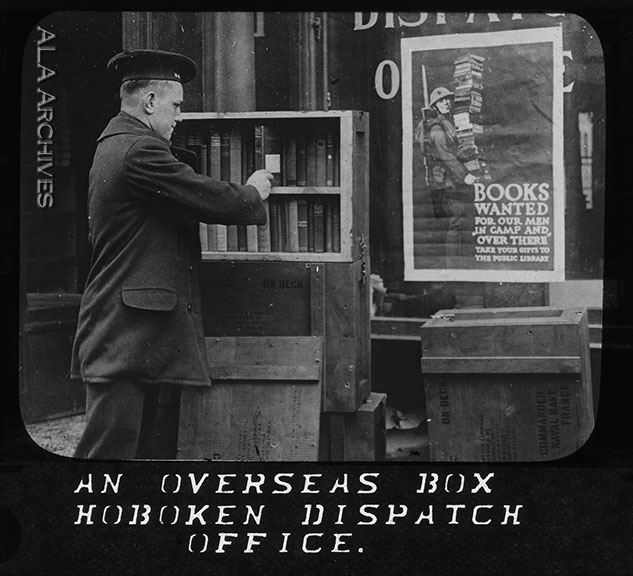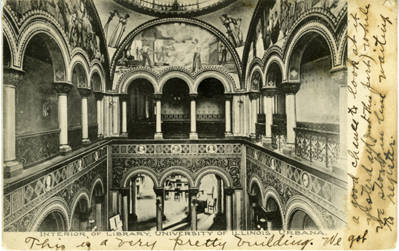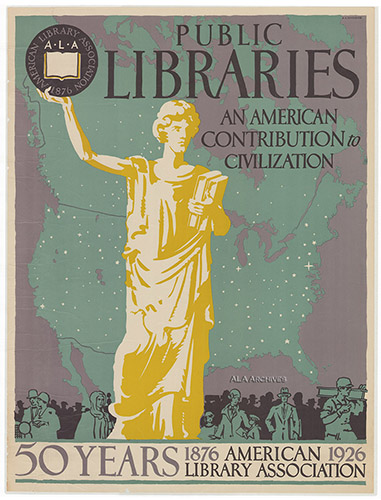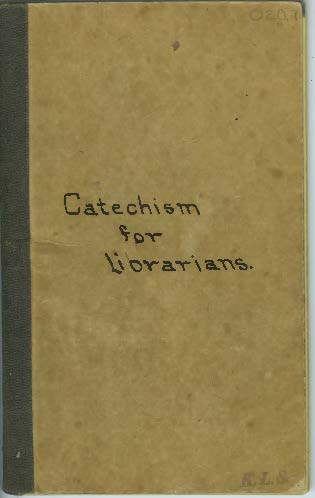Often when we think of archives, we automatically think of the paper items which document the decisions and actions of an organization or individual; be they correspondence, agendas, or photographs. But the ALA Archives also contains audiovisual materials, which can bring can bring a living action to past events.
Within the ALA Archives, we have many historic films on library services and literacy such as “Help Yourself,” a 1950 film about library services by the Cambria County Public Library. This and other films can be found in Record Series 18/1/13.
One of the most recently processed acquisitions was from the Public Relations Office (Record Series 12/3/63), which included videos and films promoting the @ Your Library campaign, interviews with ALA Presidents, public service announcements featuring celebrities such as Whoopi Goldberg and Patrick Stewart, and the American Library Association as featured on local and national news broadcast.
Another recently digitized item in our collection is “Loss and Recovery: Librarians Bear Witness to September 11, 2001,” oral histories by New York Librarians describing their experience during the terrorist attacks of September 11, 2001 from Record Series 18/2/13.
Although the challenge most often faced when accessing audiovisual material is the ability to navigate obsolete media formats, these materials are preserved with the goal of access. We are currently working with the University of Illinois Library Media Preservation Program to digitize our materials by request, and will be happy to assist you in accessing our holdings.
To browse more of our audiovisual collection, please click the following links:
ALA Archives database search: “audiovisual”
ALA Archives database search: “video”
